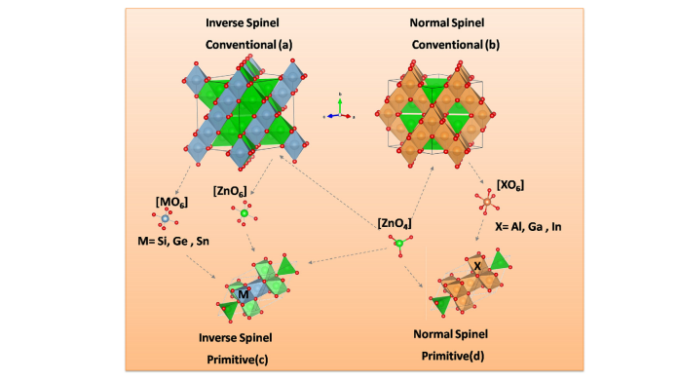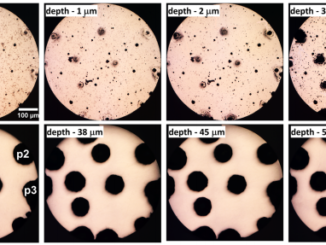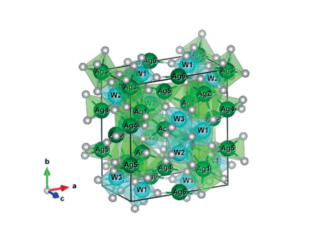
Quantum mechanical modeling of Zn‐based spinel oxides: Assessing the structural, vibrational, and electronic properties
Abstract: The structural, electronic, and vibrational properties of two leading representatives of the Zn‐based spinel oxides class, normal ZnX2O4 (X = Al, Ga, In) and inverse Zn2MO4 (M = Si, Ge, Sn) crystals, were investigated. In particular, density functional theory (DFT) was combined with different exchange‐correlation functionals: B3LYP, HSE06, PBE0, and PBESol. Our calculations showed good agreement with the available experimental data, showing a mean percentage error close to 3% for structural parameters. For the electronic structure, the obtained HSE06 band‐gap values overcome previous theoretical results, exhibiting a mean percentage error smaller than 10.0%. In particular, the vibrational properties identify the significant differences between normal and inverse spinel configurations, offering compelling evidence of a structure‐property relationship for the investigated materials. Therefore, the combined results confirm that the range‐separated HSE06 hybrid functional performs the best in spinel oxides. Despite some points that cannot be directly compared to experimental results, we expect that future experimental work can confirm our predictions, thus opening a new avenue for understanding the structural, electronic, and vibrational properties in spinel oxides. The predictive power of the density functional theory (DFT) method is dependent on the relative precision of the exchange‐correlation functional. In this study, a performance test was carried out in order to analyze the description of structural, electronic, and vibrational properties of normal and inverted spinel. Theoretical results indicate that HSE06 performs the best in reproducing experimental findings for such a class of compounds, being the most suitable choice for the in silico prediction of spinel oxide properties.
Author(s): Oliveira, M.C. ; Ribeiro, R.A. P. ; Longo, E.; Bomio, M.R.D. ; Lázaro, S.R.
International Journal of Quantum Chemistry
Published: July 2020
DOI: 10.1002/qua.26368




